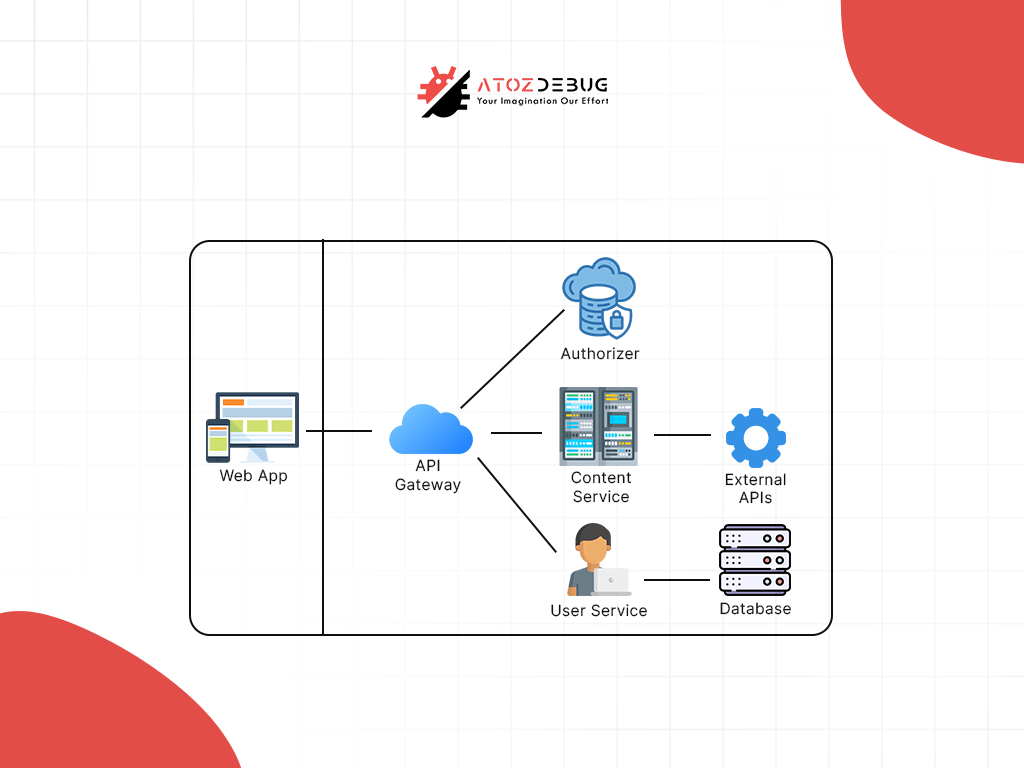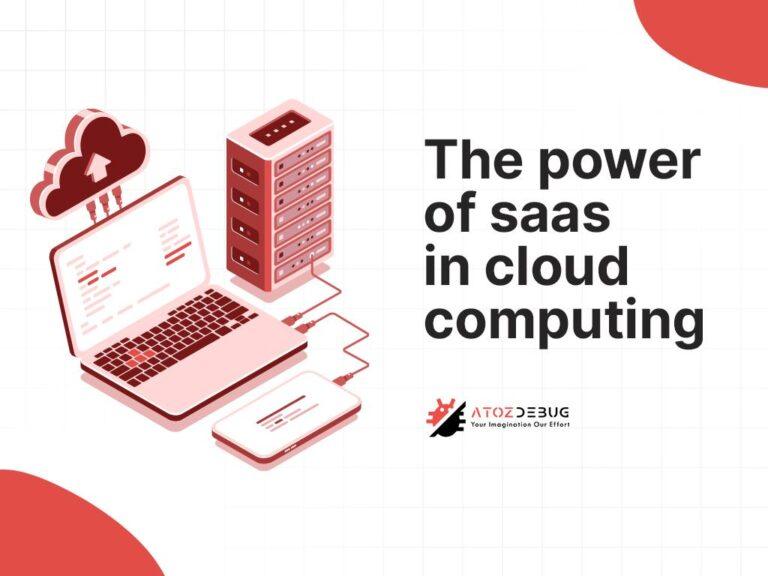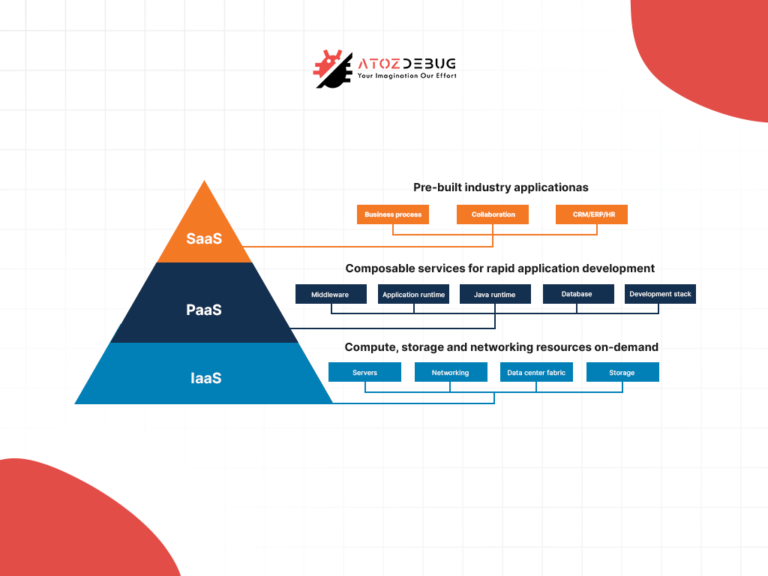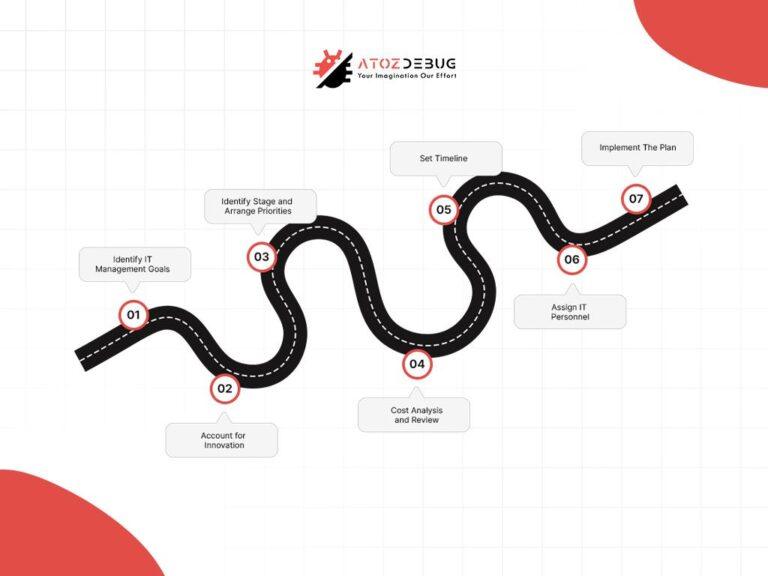Over the years, serverless computing has transformed how modern applications are built, deployed, and managed. Just imagine you’re creating effective software without worrying about servers or any infrastructure.
Sounds quite interesting, doesn’t it? That’s exactly what serverless technology offers.
Serverless computing lets developers focus only on writing code while cloud providers handle all the backend work. This approach is especially useful for SaaS (Software as a Service) applications because it ensures better scalability, improved efficiency, and cost-effectiveness.
Having serverless applications allows businesses to launch products faster, reduce operational costs, and change according to market demands. With features like running lambda functions or serving multiple users efficiently, serverless computing is changing the way cloud apps are built.
In this article, we’ll explain how serverless architectures work, their benefits for SaaS development, and why they’re the future of cloud technology.
Understanding Serverless Platforms and Their Benefits
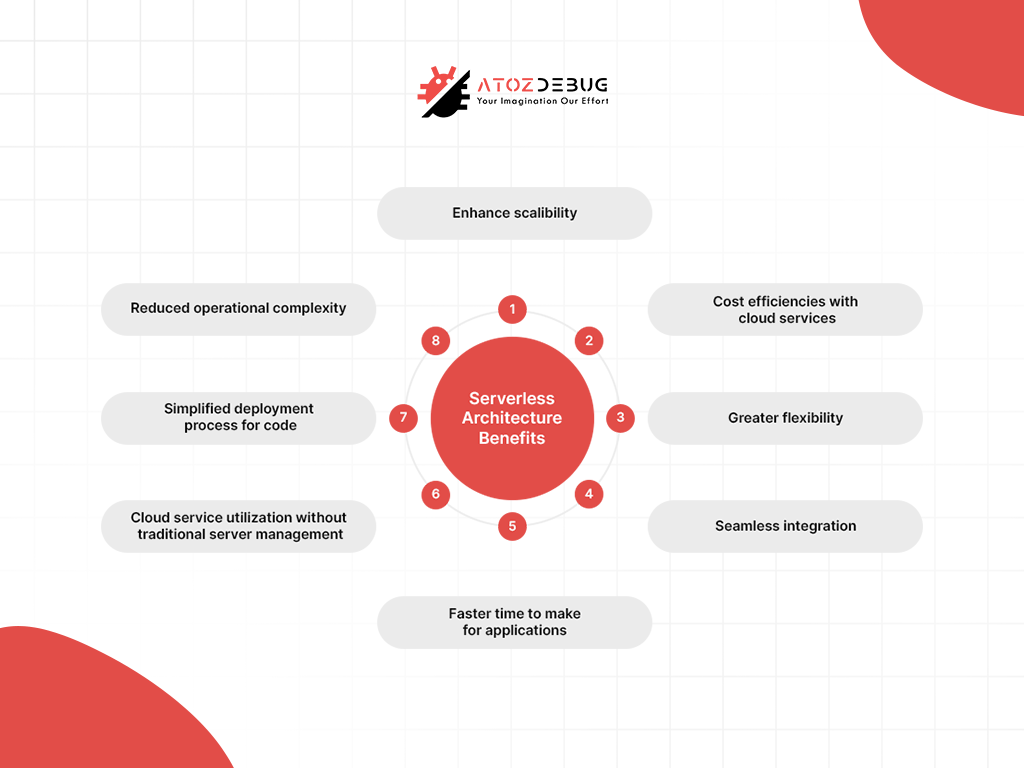
Serverless platforms provide an innovative approach to building and running applications without the need to manage the underlying infrastructure. These platforms enable developers to focus on their main tasks while the service provider handles things like provisioning, scaling, and maintenance.
Popular serverless platforms, such as AWS Lambda, Microsoft Azure Functions, and Google Cloud Functions, allow applications to operate smoothly through event-driven execution models, often referred to as serverless functions.
These functions run in response to specific triggers, like HTTP requests or database updates, and scale automatically to handle varying workloads. Since cloud providers manage the infrastructure, businesses can save time and resources. This makes serverless platforms an attractive choice for modern application development.
Key Benefits of Serverless Platforms
- Cost Efficiency:
Businesses only pay for what they use, so they don’t need to spend money upfront on expensive infrastructure. This helps companies save money and manage their budgets more efficiently.
2. Scalability:
Serverless platforms automatically adjust to handle more or less workload as needed. This keeps applications running smoothly without needing any manual effort.
3. Faster Deployment:
Since there’s no need to set up infrastructure, developers can launch apps or updates faster. This agility helps businesses stay ahead of competitors by reducing time-to-market for new features.
4. Enhanced Focus on Development:
Teams can spend more time improving features and user experience instead of managing servers. Developers can focus on being creative and solving problems rather than handling routine tasks.
5. Event-Driven Execution:
Serverless functions run only when triggered by specific events, making them reliable and efficient. This setup reduces the chance of system-wide failures and ensures only what’s needed runs, saving time and resources.
So, for cloud architects, it’s really important to understand serverless functions to create cloud-native apps that are flexible, scalable, and cost-effective.
Limitations and Challenges of Serverless Computing
Serverless computing has clear benefits, but it is not a perfect fit for every situation. Understanding its limitations will help you make better decisions and avoid unpleasant surprises after deployment.
1. Cold Start Latency
When a serverless function has not been used for a while, it may take extra time to start up. This delay, known as a cold start, can impact applications that require instant responses, such as real-time gaming or financial trading platforms.
2. Limited Execution Time
Most serverless platforms limit how long a single function can run. For example, AWS Lambda allows a maximum execution time of 15 minutes. This can be a problem for long-running processes like video rendering or large data migrations.
3. Vendor Lock-In
When you build your application around a specific provider’s tools and services, it becomes harder to move to another platform. Migrating to a different provider often requires rewriting significant parts of your code.
4. Debugging and Testing Complexity
Since serverless functions run in the cloud, local testing can be challenging. Simulating the exact production environment on your local machine is not always possible, which can make debugging more complicated.
5. Cost Spikes from High Traffic
While serverless can be cost-effective, unexpected traffic spikes can lead to higher bills than expected. Careful monitoring and setting usage limits are important to avoid budget surprises.
Exploring Lambda Functions and Event-Driven Models
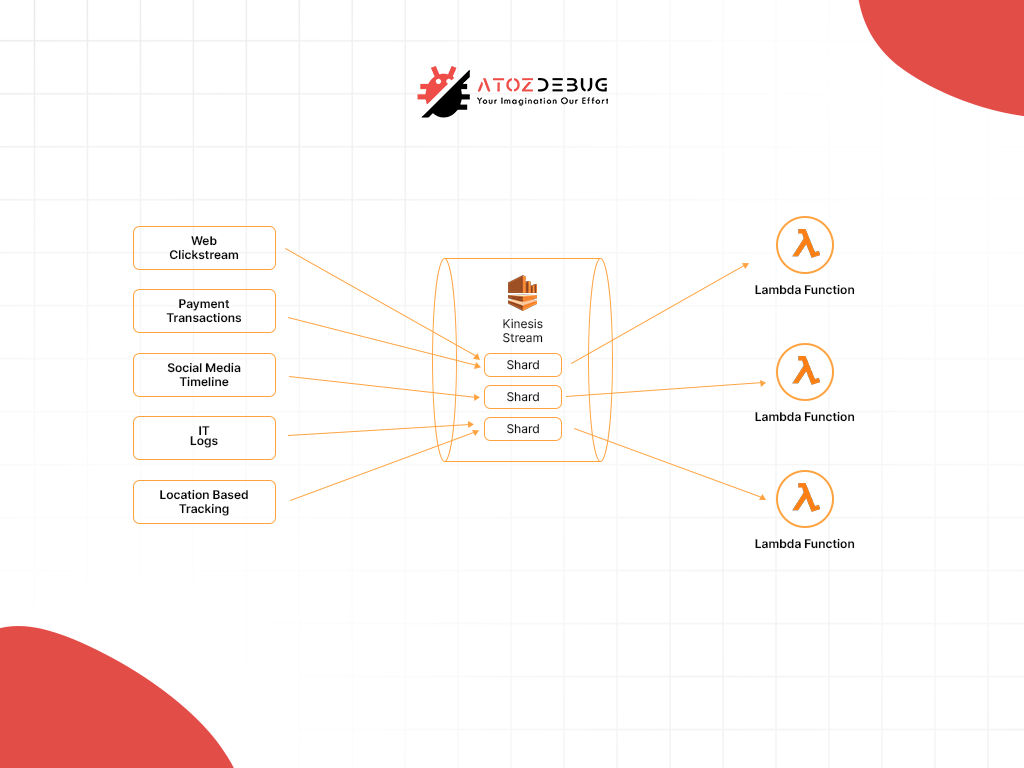
Lambda functions and the event-driven model are at the heart of modern serverless architectures, which are transforming how applications are created and scaled. These functions operate as small, self-contained units of code, designed to execute in response to specific events. This approach allows for flexibility, scalability, and cost-effectiveness.
How Lambda Functions Work?
- Event Triggers: Lambda functions are initiated by a wide variety of events, such as HTTP requests through an API Gateway, changes in an Amazon S3 bucket, or updates in a database.
- Stateless Design: These functions are inherently stateless, which means each execution is independent. This ensures seamless scalability and fault tolerance.
- Dynamic Scaling: AWS automatically scales the number of function instances based on the volume of incoming events, which makes it easy to handle spikes in traffic.
Benefits of the Event-Driven Model
- Efficiency: Lambda functions run only when an event occurs. It minimizes unnecessary resource usage and reduces costs.
- Real-Time Processing: Event-driven architectures enable near-instantaneous response to changes, providing faster, more reliable user experiences.
- Simplified Integration: Developers can easily integrate Lambda with other AWS services like Amazon SQS, EventBridge, and DynamoDB, creating highly connected systems with minimal code.
Example Use Case
Imagine an online store where a new order automatically starts a Lambda function. This function updates the inventory, notifies the fulfillment team, and processes the payment; all in real-time. It handles everything quickly and efficiently, without needing a server.
Multitenancy and Function as a Service in SaaS
In serverless computing, multitenancy and Function as a Service (FaaS) work together to create a powerful and scalable setup for SaaS applications. Multitenancy lets different organizations share the same system while keeping their data and settings separate. This ensures that resources are used optimally, reducing costs and simplifying management.
Serverless computing has made things easier with FaaS, where developers can write functions that run only when triggered by specific events. These functions scale automatically as needed. When combined with multitenancy, FaaS allows each user or organization to have their own functions, which makes it possible to serve many users at once. This setup scales on demand and removes the need to manage servers or complicated infrastructure.
Using FaaS in a multitenant SaaS setup offers many benefits. It helps enable multitenancy by providing individualized functions for each tenant while sharing the same infrastructure.
This reduces costs and improves performance, as functions can scale independently based on demand. Plus, since you only pay for the time functions run, businesses can focus on delivering value without worrying about wasting resources or overplanning.
Comparing Serverless Alternatives and Traditional Computing
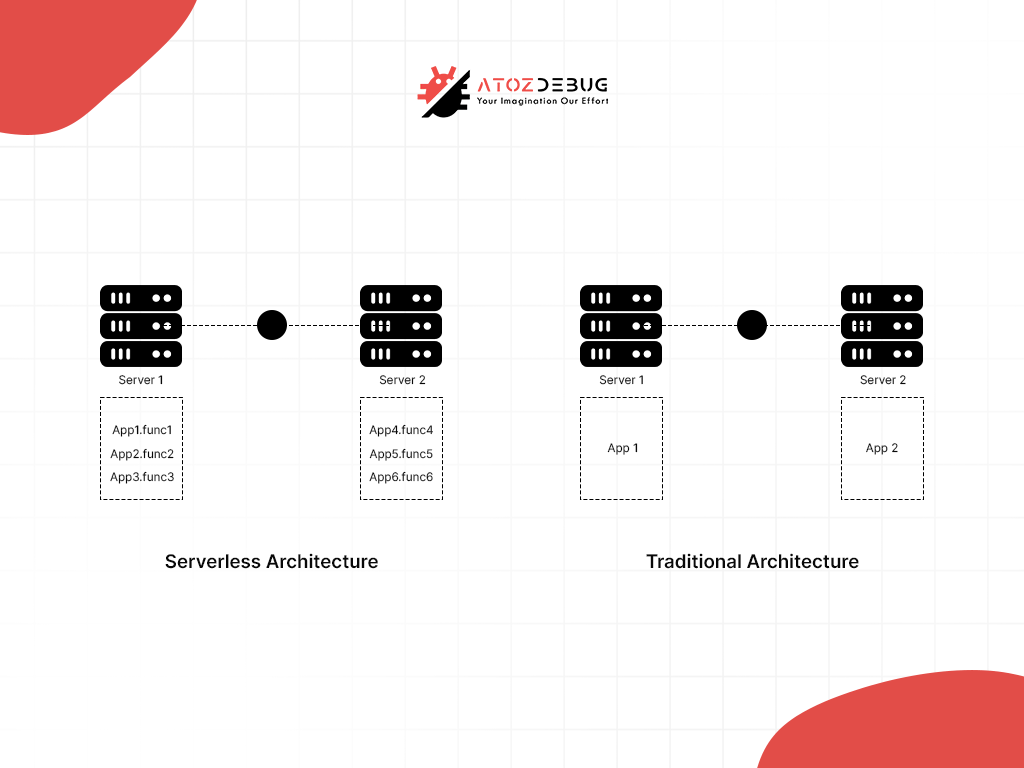
When exploring serverless alternatives in the context of unlocking the power of serverless computing, it’s important to compare how these solutions stack up against traditional computing models. Serverless computing allows businesses to focus on their core functionalities without worrying about managing the servers or infrastructure.
This contrasts with traditional computing, where businesses need to manage and scale their own servers or use cloud-based virtual machines, which can increase complexity and cost.
In serverless architectures, the cloud provider handles most of the infrastructure tasks, such as scaling, security, and load balancing. Traditional computing, on the other hand, requires more manual effort to ensure servers are maintained and scaled according to demand. For businesses looking to simplify operations, serverless alternatives offer compelling benefits over traditional computing.
Serverless Computing vs. Traditional Computing: Key Differences
| Key Aspects | Serverless Computing | Traditional Computing |
| Infrastructure Management | Fully managed by cloud provider | Managed by the organization or third-party hosting |
| Scalability | Automatic scaling based on demand | Requires manual scaling and resource allocation |
| Cost Model | Pay-per-use based on consumption | Fixed costs based on server capacity or rented resources |
| Maintenance | No need for server maintenance | Requires regular server upkeep and patching |
| Resource Optimization | Optimized by provider, auto-scaling based on traffic | Optimization requires manual configuration and tuning |
Overall, serverless alternatives offer significant advantages in terms of flexibility, cost-efficiency, and minimal infrastructure management.
Traditional computing, while offering greater control, often requires more resources to maintain and scale, which can be cumbersome for businesses that need dynamic, cost-effective solutions. When you understand these differences, it can help businesses make the right choice based on their specific needs and resources.
Step-by-Step Guide to Implement Serverless Computing
If you are thinking, “Okay, serverless sounds amazing, but where do I actually start?” you are not alone. Many SaaS founders and developers like the concept but get stuck on the first step.
By the end of this guide, you will know exactly how to take your idea from concept to a working serverless application.
1. Identify Your Use Case
Before opening your code editor, get clear on your goal. Are you building a real-time analytics tool, a backend for your SaaS, or a data-processing pipeline?
Serverless is excellent for event-driven workloads, APIs, microservices, and batch processing. Choosing the right use case early will save you from redesigning later.
2. Choose the Right Serverless Platform
The main options are-
- AWS Lambda
- Azure Functions
- Google Cloud Functions
AWS is the most mature and has a large ecosystem, Azure works well if you use Microsoft technologies, and Google’s option is great for data-heavy workloads.
Consider cost, programming language support, and integration with your existing tools before making a choice.
3. Set Up Your Development Environment
Download the SDK for your chosen provider, configure the CLI (Command-Line Interface), and connect your account. Most providers have “hello world” templates so you can skip long setups and begin coding quickly.
4. Write Your First Function
Start small with something simple, like returning the current date or sending a basic JSON response to an API request.
This step helps you understand how functions are triggered, executed, and deployed in a serverless environment.
5. Configure Event Triggers
Serverless works when it runs code only when needed. You can set functions to run after an HTTP request, a database update, a file upload, or on a scheduled time. This event-driven approach makes serverless cost-efficient.
6. Test and Monitor Performance
After deploying your function, test it in different scenarios such as high and low traffic or with varying data sizes.
Set up logging and monitoring tools like AWS CloudWatch, Azure Monitor, or Google Cloud Logging to track execution time, errors, and costs.
7. Optimize for Cost and Speed
Serverless charges you only for what you use, but poor configuration can still waste money.
Reduce execution time, adjust memory allocation, and ensure your functions are not triggered unnecessarily. These small changes can save significant costs at scale.
Mastering Serverless Technologies for Cloud Architects
Serverless technologies are transforming cloud computing and have become a major benefit for cloud architects. This model lets developers focus on building apps without worrying about managing servers, making it both efficient and cost-effective.
For cloud architects, learning serverless technologies means using scalable, pay-as-you-go services while ensuring apps perform well and stay secure. By understanding how serverless works, they can create apps that integrate easily, handle workloads smoothly, and launch faster.
Key Areas to Focus On:
- Understanding Serverless Frameworks: First of all, they should know about key things like Function-as-a-Service (FaaS) and Backend-as-a-Service (BaaS). These tools support event-driven tasks and backend integration, so architects don’t have to manage servers.
- Scalability & Performance: Make sure serverless apps scale easily with demand while maintaining good performance. Configure resources to handle high traffic smoothly and deliver a consistent user experience.
- Security Best Practices: Use strong security measures like Identity and Access Management (IAM) policies and tools designed for serverless systems to protect against vulnerabilities and unauthorized access.
- Cost Management: Take advantage of the pay-as-you-go model by optimizing how long functions run and their memory usage. Use monitoring tools to track costs and avoid surprises.
- Integration with Legacy Systems: Serverless technologies should be integrated seamlessly with existing infrastructure. Cloud architects must use APIs or hybrid architectures to ensure smooth data flow and minimize disruptions.
With a focus on these areas, cloud architects can become experts in serverless technologies and create strong, high-performing apps.
Serverless computing makes it easy to scale, lower costs, and simplify deployments. It gives architects the tools to innovate while keeping cloud solutions efficient and reliable.
Frequently Asked Questions (FAQs)
1. What is serverless computing?
Serverless computing is a cloud service model where you run applications without managing any physical servers. The cloud provider handles all infrastructure tasks like scaling, maintenance, and updates, so you can focus entirely on writing and deploying code. You’re only billed for the exact compute time your functions use.
2. How does the cold start problem affect serverless apps?
The cold start problem happens when a serverless function hasn’t been used for a while and needs extra time to spin up before running. While this delay is often just milliseconds, it can impact apps that need instant responses, like gaming or financial trading platforms. Many developers work around this by keeping functions “warm” or optimizing initialization code.
3. What are the main challenges of using serverless computing?
Some of the biggest challenges include cold start latency, limited execution times (for example, AWS Lambda’s 15-minute cap), vendor lock-in, difficulties with local debugging, and the possibility of cost spikes during unexpected traffic surges. Knowing these in advance helps you plan a more reliable architecture.
4. Is serverless a good choice for SaaS applications?
Yes, for most SaaS apps, serverless offers automatic scalability, faster deployment, and lower operational costs. It’s especially useful for startups and businesses that experience fluctuating traffic. However, for apps with constant heavy workloads, a hybrid or container-based approach might work better.
5. Which cloud providers offer serverless platforms like AWS Lambda, Azure Functions, and Google Cloud Functions?
Popular serverless providers include AWS Lambda, Google Cloud Functions, Microsoft Azure Functions, and IBM Cloud Functions. Each platform has different limits, pricing models, and tool integrations, so the best choice depends on your project’s needs and your existing tech stack.
Also Read:
SaaS vs Traditional Software Differences
How is AI Transforming SaaS Development
Conclusion
Serverless computing is literally a thing to consider for businesses aiming to stay ahead of their competitors. It offloads infrastructure management to cloud providers, which allows teams to focus on what really matters: building new solutions and improving business operations.
It’s also very cost-effective, as you can only pay for the resources you actually use. No more idle servers or wasted capacity. And with automatic scaling, your applications can handle anything, from zero requests to thousands, effortlessly.
Many said, serverless isn’t the right fit for every situation. It works best for tasks that are short and event-driven workloads, like APIs, data processing, and serverless microservices. However, for tasks that run for a long time, containers or virtual machines might be better. Most importantly, it’s crucial to assess your particular needs to make the best use of this technology.
With serverless computing, the possibilities are huge. By implementing the right approach, businesses can become more agile and innovative than ever.
Are you ready to unlock the full potential of serverless computing? If so, don’t wait any longer, now’s the perfect time to explore its benefits and take your cloud journey further. Get in touch with us through the contact page, request a demo, and access expert training in no time.
References:

